Nestled in the northern mountains of Vietnam, Sapa offers a perfect blend of stunning landscapes, rich cultural experiences, and varied weather conditions that can either enhance or detract from your adventure. Given its unique subtropical highland climate, understanding the best time to visit Sapa is crucial for any traveler hoping to capture the beauty and essence of this remarkable region. Whether you're looking to explore terraced rice fields, engage with local ethnic communities, or enjoy a range of outdoor activities, the timing of your visit can significantly impact your experience.
Spring and autumn are widely recognized as the ideal seasons to visit Sapa. These transitional periods offer mild temperatures, minimal rainfall, and a vibrant display of nature that captivates visitors from around the world. With a variety of outdoor activities, cultural events, and stunning natural vistas, understanding the nuances of Sapa's seasons can help you make the most of your journey.
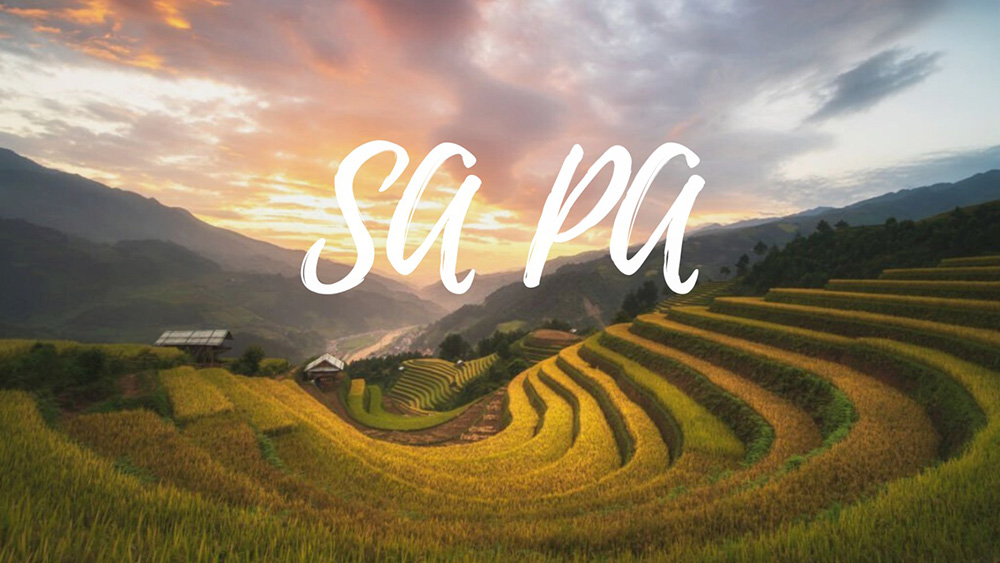
When it comes to planning a trip to Sapa, two seasons stand out as particularly inviting: spring (March to May) and autumn (September to November). The spring months give way to blooming flowers and lush greenery, a visual feast for nature lovers. Average temperatures during this time range from 10°C to 20°C (50°F to 68°F), creating perfect conditions for trekking and exploring the breathtaking landscapes. Autumn, on the other hand, invites visitors to witness the stunning transformation of the rice terraces into golden hues during the harvest season, providing a picturesque backdrop for photography enthusiasts.
Both seasons are characterized by minimal rainfall, making outdoor activities not only enjoyable but also safe. As the weather allows for comfortable exploration, these ideal conditions present a unique opportunity to immerse oneself in the local culture through festivals and community events. The rich tapestry of experiences awaiting you during these times amplifies Sapa’s allure, reinforcing why so many travelers consider spring and autumn the best times to visit.
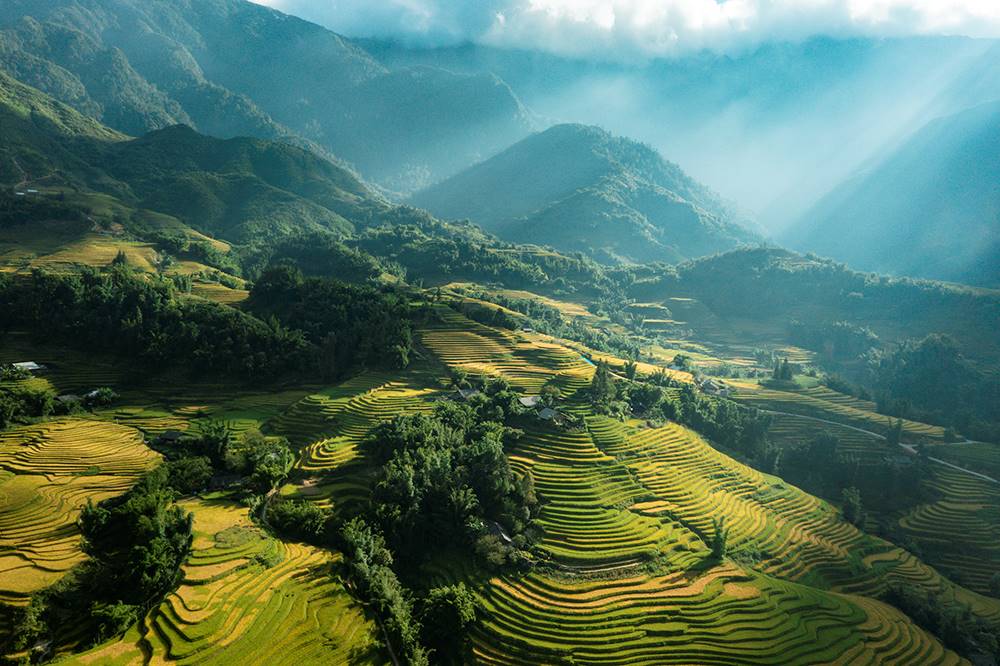
Spring in Sapa is akin to a painter’s palette coming to life. As winter melts away, the region bursts forth with vibrant colors and fragrant scents, making it an ideal getaway for those seeking natural beauty and outdoor adventures. From March through May, visitors can relish in the mild temperatures that range from 10°C to 20°C (50°F to 68°F), making the atmosphere refreshing and ideal for trekking excursions.
During these months, the terraced rice fields begin to take on a lush green hue as local farmers prepare for the planting season. This vibrant backdrop is a dream for photographers, offering breathtaking opportunities to capture the beauty of nature in full bloom.
The spring season also coincides with various local cultural festivals, making it a time ripe with unique experiences. The renowned Tet Holiday, or Lunar New Year, occurs in early spring; it’s a festive occasion where families honor their ancestors by gathering together, sharing traditional foods, and partaking in joyful celebrations that reflect the rich tapestry of Sapa's ethnic diversity. Visitors often find themselves enchanted by the vibrant colors of traditional attire worn during these festivals, creating a striking contrast against the blooming flowers and green landscapes.
In addition to the colorful festivals, the clear skies and crisp air during spring make it perfect for outdoor activities. Tours through the valleys can lead to hidden waterfalls and quaint villages, where travelers have opportunities to interact with the local communities, learn about their cultures, and understand their ways of life. Spring also invites adventurous souls to indulge in hiking, camping, mountain biking, and other outdoor experiences, all while the natural world awakens in a symphony of sounds and colors.
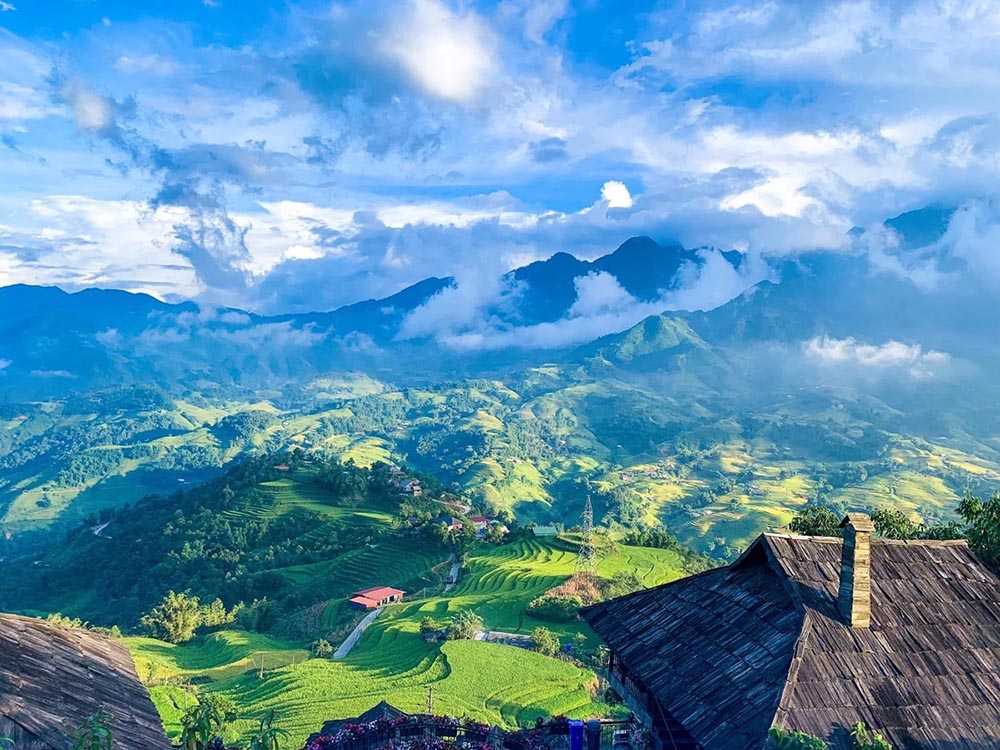
Autumn in Sapa offers a spectacular visual and sensory journey; it is often regarded as the crowning jewel of the region’s seasons. The months of September through November reveal a magical transformation as fields of rice turn into a sea of gold, signifying the harvest period and attracting travelers looking to capture the stunning scenery. The pleasant temperatures, ranging from 15°C to 25°C (59°F to 77°F), ensure that exploring the landscape is both comfortable and enjoyable.
September is particularly special, as it heralds the end of the rainy season and invites clear skies and warmer weather. The rice harvest transforms the terraced fields into vibrant golden hues, offering panoramic views that are nothing short of breathtaking. This vibrant backdrop is an invitation for photographers and nature lovers alike, creating picturesque landscapes that inspire awe.
Apart from the striking scenery, autumn is a season filled with local cultural events. The Mong Ky Village Cultural Festival, celebrated on September 2, is one highlight that showcases the traditional crafts of local ethnic communities. Attendees can take part in fascinating activities such as weaving and indigo dyeing, while also savoring local delicacies like the famous five-colored sticky rice.
As cooler weather sets in, Sapa welcomes a wave of adventures, from trekking vibrant trails framed by golden rice terraces to engaging in local community activities. The clear skies during these months not only enhance the experience of outdoor exploration but also serve as a canvas for all the stunning photography opportunities that await keen-eyed travelers.
Given the abundance of cultural experiences and natural beauty, autumn is not just a season; it is a journey through time, culture, and breathtaking landscapes, making it a favorite among travelers.
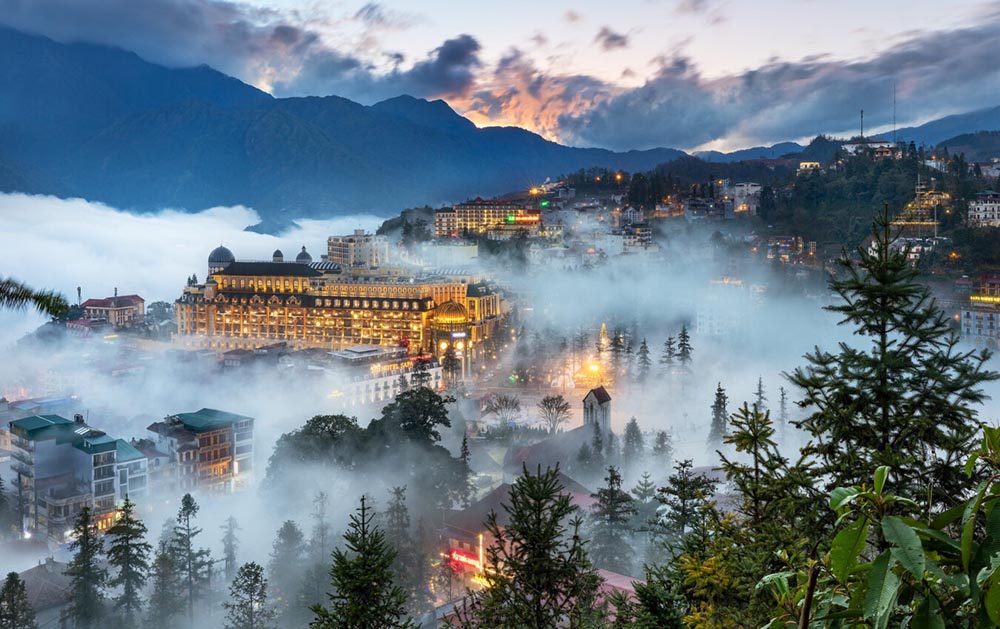
Understanding the weather conditions in Sapa is essential for crafting the perfect getaway. The distinct seasons, characterized by their unique climates, can dramatically affect your travel experience. As both spring and autumn are considered ideal seasons for visits, they offer pleasant weather that enhances outdoor activities.
Spring (March to May):
Autumn (September to November):
Both seasons lend themselves to outdoor exploration, but understanding the temperature variations throughout the year can help travelers prepare for their endeavors better, ensuring they enjoy the maximized beauty of Sapa in favorable weather conditions and comfortable settings.
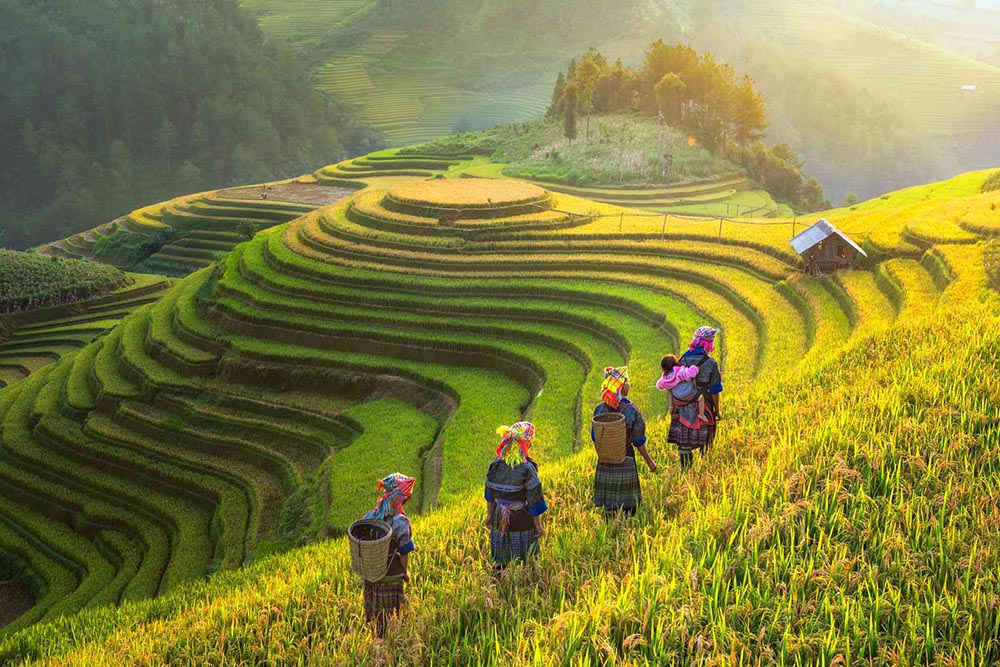
In Sapa, the climate exhibits marked variations throughout the year that are characteristic of its subtropical highland geography. Winter (December to February) can be rather chilly, with average highs between 14°C to 16°C (57°F to 61°F) and nighttime lows dipping to around 6°C to 7°C (43°F to 45°F). Although this time may bring about a stark beauty marked by frosty mornings or even occasional snowfall in higher altitudes, it is generally considered a less favorable time for most outdoor activities due to the cold.
Spring (March to May) emerges as a refreshing transition with rising temperatures. March begins with moderate highs of 18°C (64°F), climbing to 23°C (73°F) by May. During this phase, visitors will find the conditions hospitable, with blooming flowers and clear visibility that enhance outdoor exploration.
Summer (June to August) brings warmth that peaks at averages between 24°C to 25°C (75°F to 77°F), along with high humidity. This season can become quite intense, with July typically being the wettest month, where rainfall can exceed 490mm. As trails may become slippery and visibility reduced due to mist, outdoor activities may face limitations.
After the heat of summer, autumn (September to November) offers progressively cooler temperatures ranging from 15°C to 25°C. This shift not only provides comfort but also creates spectacular views, particularly as rice harvesting occurs, yielding fields adorned in vibrant gold amidst warm climate conditions.
Overall, understanding these temperature variations enables travelers to prepare adequately, ensuring that their adventures in Sapa are both enjoyable and fulfilling throughout the year.
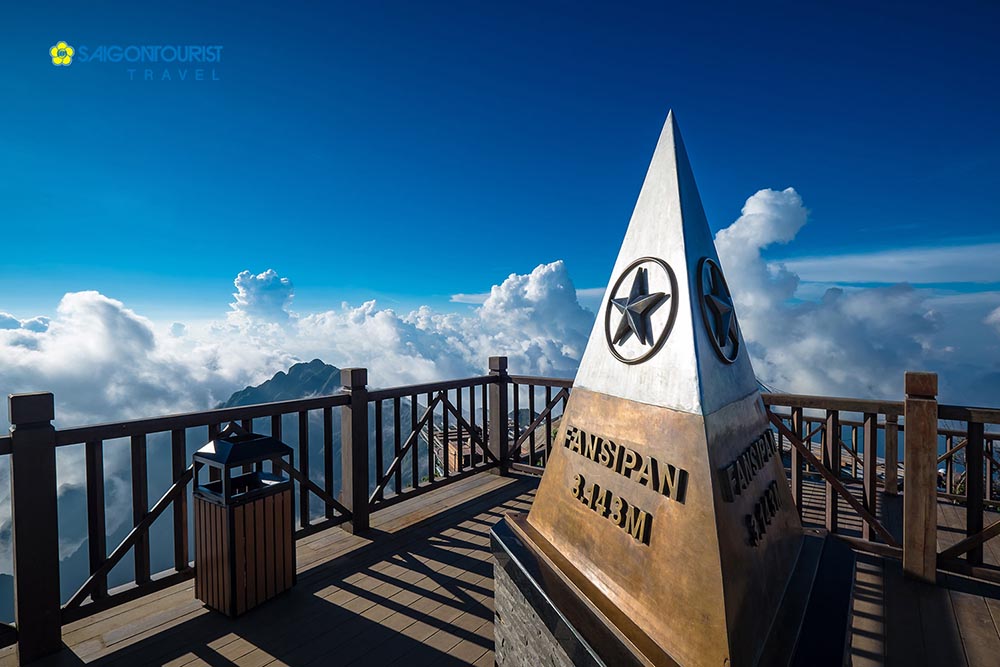
Sapa's unique climate patterns especially come to light in its rainfall distribution, which can profoundly impact the tourist experience. Rainfall is most intense during the summer months, particularly from May through August, creating significant challenges for trekking and outdoor exploration.
In the spring months (March to May), rainfall begins to increase, with March and April averaging 60 mm and 90 mm respectively; however, May marks the start of a significant rise, with approximately 180 mm of rain. While spring offers vibrant green landscapes, occasional showers can occur, so light rain gear is recommended for outdoor activities.
The summer months exhibit the heaviest precipitation, particularly in July, which can receive around 490 mm. The lush vegetation during this time, while enchanting, can make trails muddy and challenging to navigate.
By September, rainfall sharply declines to just about 100 mm, and by October and November, only 20 mm and 10 mm of rain respectively, create favorable conditions for exploration. Clearer skies and less humidity during these months amplify the visual beauty of nature’s transformation, as locals celebrate harvest.
Understanding these rainfall patterns allows travelers to not only plan their activities accordingly but also to pack appropriately, ensuring they enjoy their adventures without undue inconvenience.
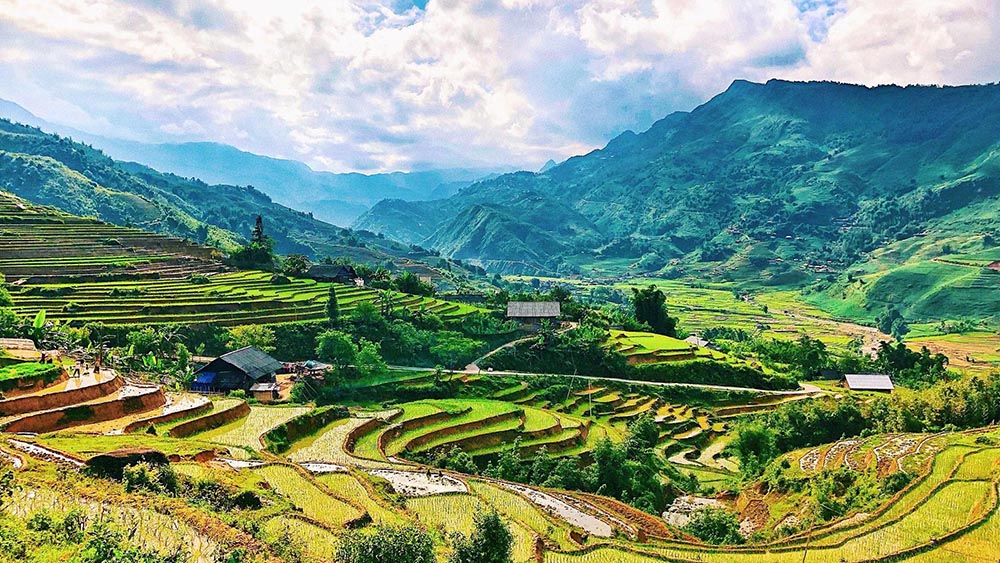
Cultural events and festivals significantly enrich the experience of visiting Sapa, particularly throughout spring and autumn. These seasons not only offer pleasant weather but also present opportunities to engage with local communities and their age-old traditions.
During spring, various festivals reflect the customs of Sapa's ethnic minority groups. Visitors can dive into the rich tapestry of Sapa’s culture through vibrant celebrations that illuminate the lives and heritage of local communities. In autumn, the harvest season brings with it a different set of festive events, as locals celebrate their bountiful produce and specific cultural practices that have been passed down through generations.
Each festival is an invitation, offering an authentic glimpse into the traditions that shape life in Sapa, creating unforgettable moments for those who choose to partake.
Spring in Sapa is marked by a delightful array of cultural festivals that highlight both the beauty of the region’s landscape and the richness of its diverse ethnic culture. Among the most significant is the Lunar New Year, or Tet Holiday, which is celebrated by various ethnic groups such as the Hmong, Dao, and Tay. Family gatherings, ancestral worship, vibrant decorations, and traditional foods encapsulate this important celebration, which signifies the arrival of spring and new beginnings.
Another notable event is the Gau Tao Festival, celebrated by the Hmong people from the 3rd to 5th day of the Lunar New Year. This joyful occasion features traditional music, dance, and colorful costumes, where villagers come together to pray for good fortune and harvest, creating a festive atmosphere enriched with community spirit.
Moreover, the Village Cleaning Festival, celebrated by the Xa Pho ethnic group in February, allows visitors to witness traditional preparations for the new year. This event involves community cleaning rituals conducted to invite blessings for prosperity, providing fascinating insights into local cultural practices.
Through participation in these lively festivals, travelers have opportunities to engage deeply with the local cultures, embrace enriching experiences, and forge precious connections with the welcoming communities of Sapa. This immersion adds a unique layer to any springtime visit, making it an unforgettable journey through the heart of Vietnam's highlands.
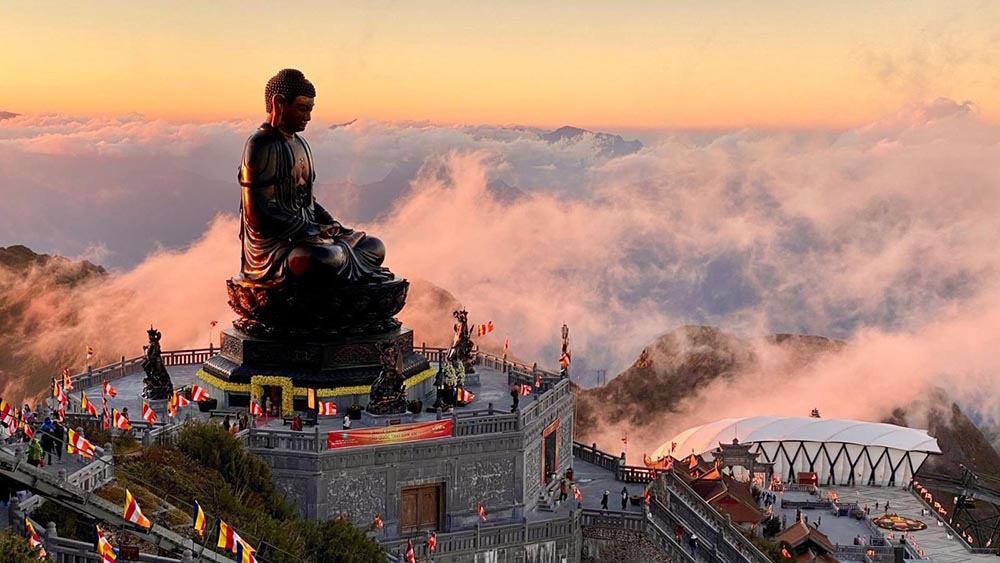
As the year progresses into autumn, Sapa transforms into a captivating spectacle showcasing the bounty of the harvest. This season is saturated with rich cultural celebrations, notably the Mong Ky Village Cultural Festival celebrated on September 2, where the local Mong community honors their artistic heritage through displays of traditional crafts, indigo dyeing, and folk games, allowing visitors to become part of the lively festivities.
The Full Moon Festival, generally celebrated on the 14th day of the lunar month, brings a mystical ambiance as locals light brightly colored lanterns during processions. These events not only draw travelers but foster a deeper understanding of local customs steeped in tradition.
In addition to these festivals, Bac Ha Market, which takes place every Sunday, becomes an eclectic hub filled with local artisanal products, fresh produce, and snippets of daily life. Here, visitors can taste traditional flavors, from fragrant herbs to delicious street foods, and purchase unique handicrafts, providing further insight into the vibrant everyday life of the local communities.
These autumn celebrations not only provide unparalleled opportunities for cultural immersion but also allow travelers to witness the harmony between local communities and their agricultural practices, forging richer connections with the heritage and lifestyle of Sapa.
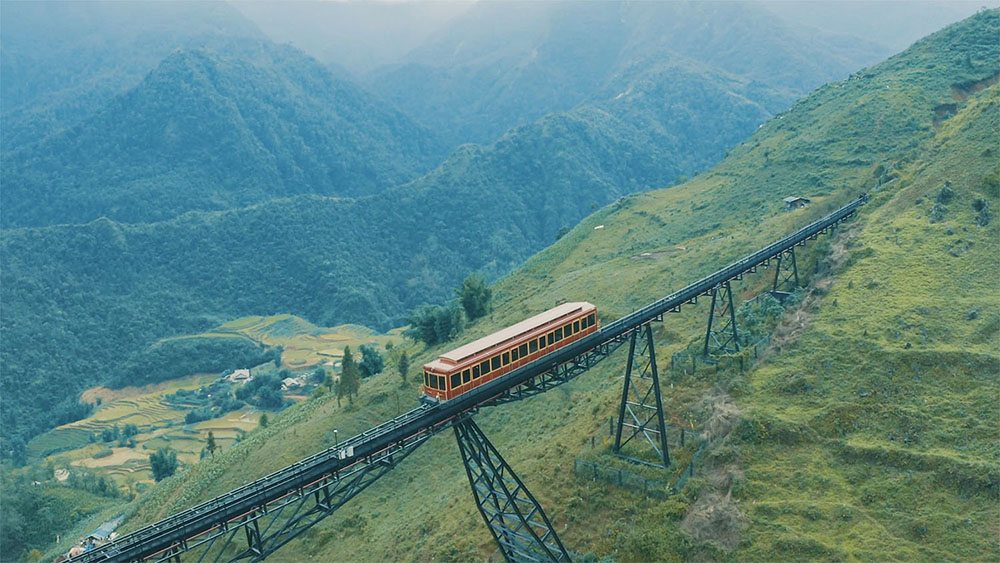
The seasonal shifts in Sapa significantly affect the range of activities and attractions available, which cater to both the desires of adventure seekers and culturally curious travelers.
In spring, the inviting weather conditions encourage a plethora of outdoor activities, from hiking through blossoming landscapes to engaging in cultural experiences during vibrant festivals. The burgeoning flora makes this season especially appealing for photography, bird watching, and even local farming experiences at nearby farms.
Conversely, the autumn experience is punctuated by the stunning vistas provided by golden rice terraces. Activities shift towards celebrating the harvest, exploring local markets bustling with seasonal produce, and engaging with traditional communities through cultural festivals. The comforting temperatures and breathtaking scenery make this season perfect for outdoor pursuits and photography as well.
Spring in Sapa transforms the landscape into a mosaic of colors, providing a perfect backdrop for a wide variety of outdoor activities. The mild temperatures and lush greenery create an inviting atmosphere, perfect for hiking and exploring Sapa’s breathtaking trails. Trekking enthusiasts will relish the opportunity to journey through terraced rice fields, dense forests, and awe-inspiring valleys.
Additionally, spring serves as a perfect time for gardening and picnicking. Nature enthusiasts can find inspiration in cultivating flowers or vegetables, while families often take advantage of the delightful weather with outdoor meals surrounded by blooming landscapes. The serene atmosphere invites yoga practitioners to indulge in outdoor sessions, creating a rejuvenating experience that connects them with nature.
Beyond trekking and picnicking, biking along scenic trails leads adventurers on exploratory paths that unveil stunning vistas of valleys, mountains, and indigenous flora. This engaging experience nourishes both the body and soul while offering a sense of tranquility.
Spring’s charm not only showcases nature’s beauty but also provides an enriching array of activities that cater to various interests, making it an enticing season for travelers of all kinds.
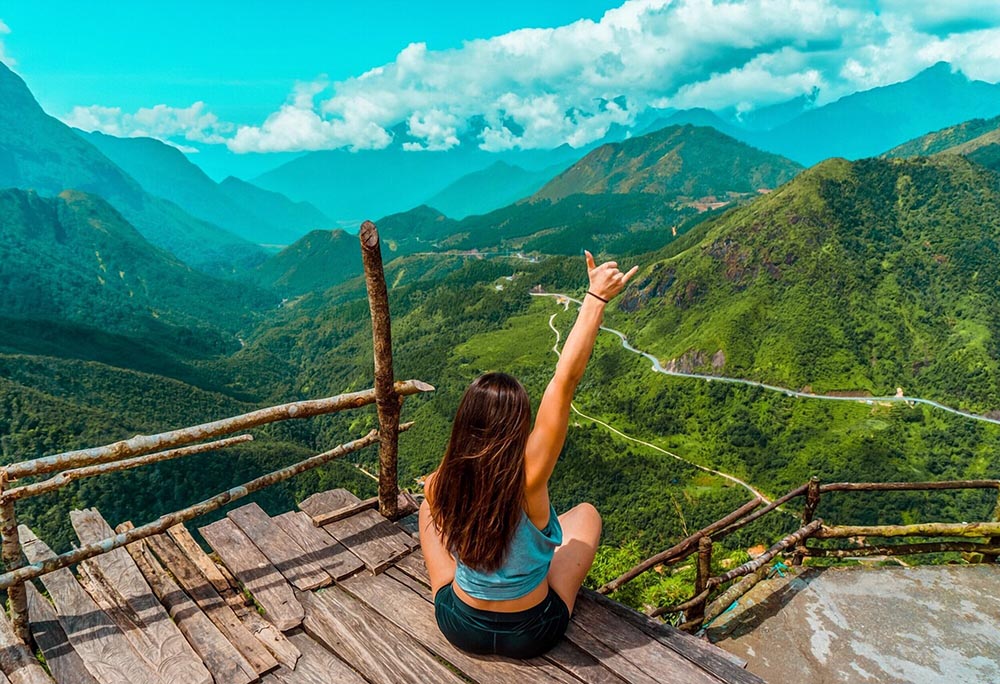
Autumn encapsulates a cornucopia of stunning photography opportunities, immersing visitors in vibrant fall colors that define Sapa's unique landscape. As the rice fields transform into glistening golden terraces, the region becomes a photographer's paradise. The contrasting hues of lush greens and golden yellows against a backdrop of clear blue skies offer a visual feast that is both captivating and memorable.
With comfortable temperatures prevalent during this season, photographers can explore various vantage points throughout the region, capturing the enchanting synergy between local culture and nature. The golden rice terraces, symbolizing the region's identity, create picturesque landscapes that come alive through the lenses of both amateur and professional photographers.
Moreover, local festivals during autumn present a unique opportunity to document the colorful attire of ethnic minorities, dynamic festivities, and emotional connections between community members. Each snapshot tells a story, reflecting the cultural identity and traditions of Sapa’s diverse population.
During autumn, visitors can embrace the golden hues and partake in an unforgettable journey filled with captivating visuals, enriching experiences, and memories captured forever through the lens of a camera.
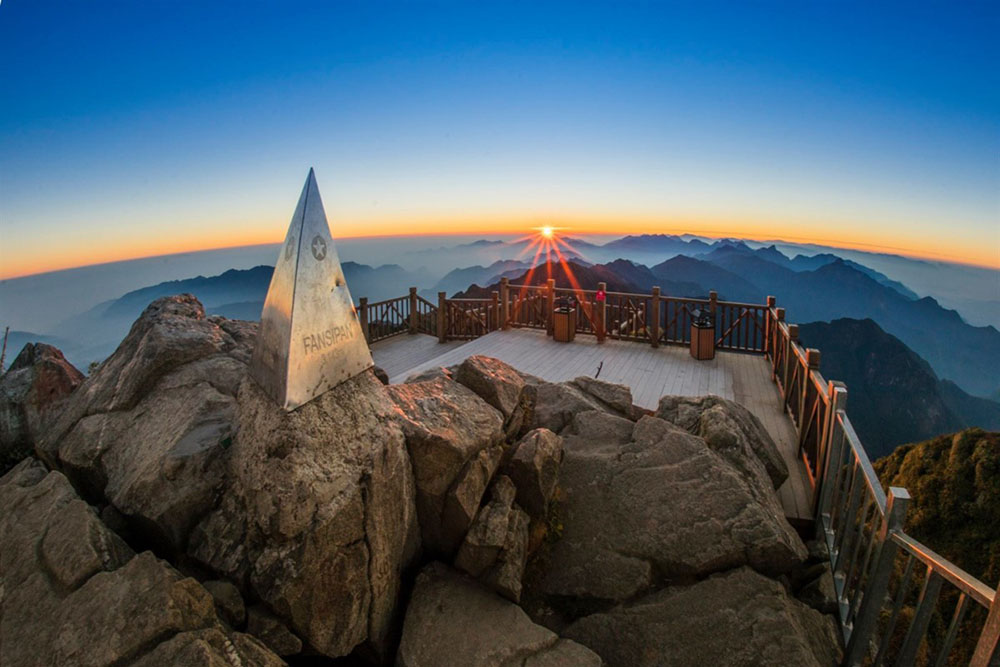
Crowds play a significant role in shaping the experiences of travelers visiting Sapa, and understanding the seasonal variations helps in planning a trip that aligns with personal preferences. Each season possesses its own unique character, affecting tourist levels and the overall atmosphere.
Spring and autumn, the peak seasons, often attract visitors drawn by pleasant weather and cultural events. While spring is characterized by blooming flora, autumn brings the allure of golden rice fields and harvest celebrations. Both seasons cater to travelers who appreciate vibrant landscapes and rich cultural practices, resulting in elevated visitor numbers.
The dynamics between high season and low season in Sapa create distinct experiences for visitors. High season, generally falling in the summer months, sees a surge of both international and domestic tourists seeking escape. As expected, this influx leads to crowded attractions and elevated accommodation prices due to high demand. Though landscapes appear lush, frequent rain falls create challenging conditions for trekking and sight-seeing.
Conversely, the low season, notably winter, is characterized by a significant decline in visitor numbers. Most tourists favor warmer locations during this period, leading to quieter surroundings and, consequently, lower prices for accommodation and activities. Winter offers a tranquil experience, allowing for the appreciation of Sapa’s natural beauty without the typical hustle and bustle found in busier seasons.
High Season:
Low Season:
This bifurcation between peak and low seasons thus emphasizes the importance of personal preferences when choosing the best time to visit Sapa.
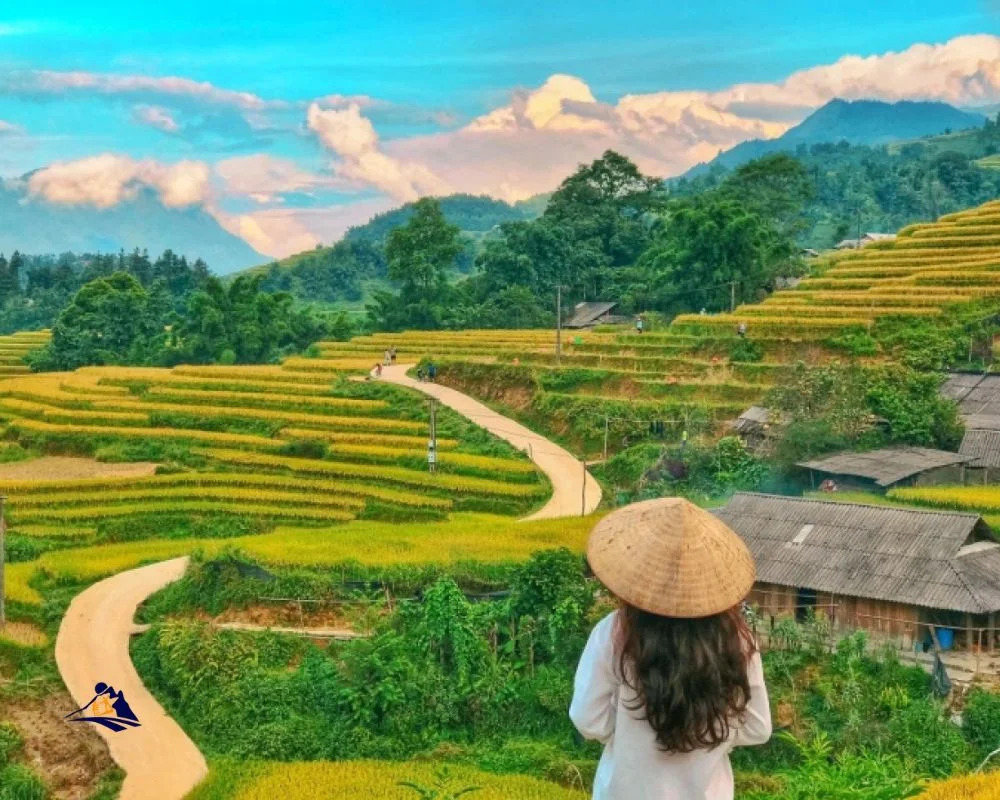
Festivals wield a substantial influence over the visitor dynamics in Sapa, dramatically affecting tourist turnout. Seasonal celebrations like the Sapa Flower Festival and the H'Mong New Year typically coincide with pleasant weather, drawing larger crowds eager for local culture and experiences. During this peak tourist timeframe, average visitor numbers can jump from around 3,000 to over 10,000 per day, particularly during festival events.
Conversely, during the rainy season, which spans from May to August, visitor numbers decline, even as the landscapes become lush and vibrant. The wet conditions deter tourists who prefer stability, thereby reducing crowds significantly. Moreover, during the winter months, temperatures drop, with heavy fog and limitations in visibility leading to a further plunge in attendance.
This interplay between cultural events and visitor attendance highlights the importance of planning trips to coincide with local festivities, which not only boosts tourism in Sapa but also provides authentic and enriching cultural experiences for travelers.
In conclusion, the best time to visit Sapa, Vietnam, is undoubtedly influenced by personal preferences regarding weather, cultural insights, and outdoor experiences. Spring and autumn emerge as ideal seasons for exploring this Northern gem, each offering unique opportunities and breathtaking natural beauty. Engaging with local festivals and embracing outdoor activities can enhance a visit, providing unforgettable experiences that leave lasting memories. Sapa, with its terraced landscapes, vibrant cultures, and captivating seasons, promises adventure and beauty waiting to be discovered. Proper planning based on seasonal characteristics can transform any trip to Sapa into a cherished journey of discovery and connection with nature and culture alike.